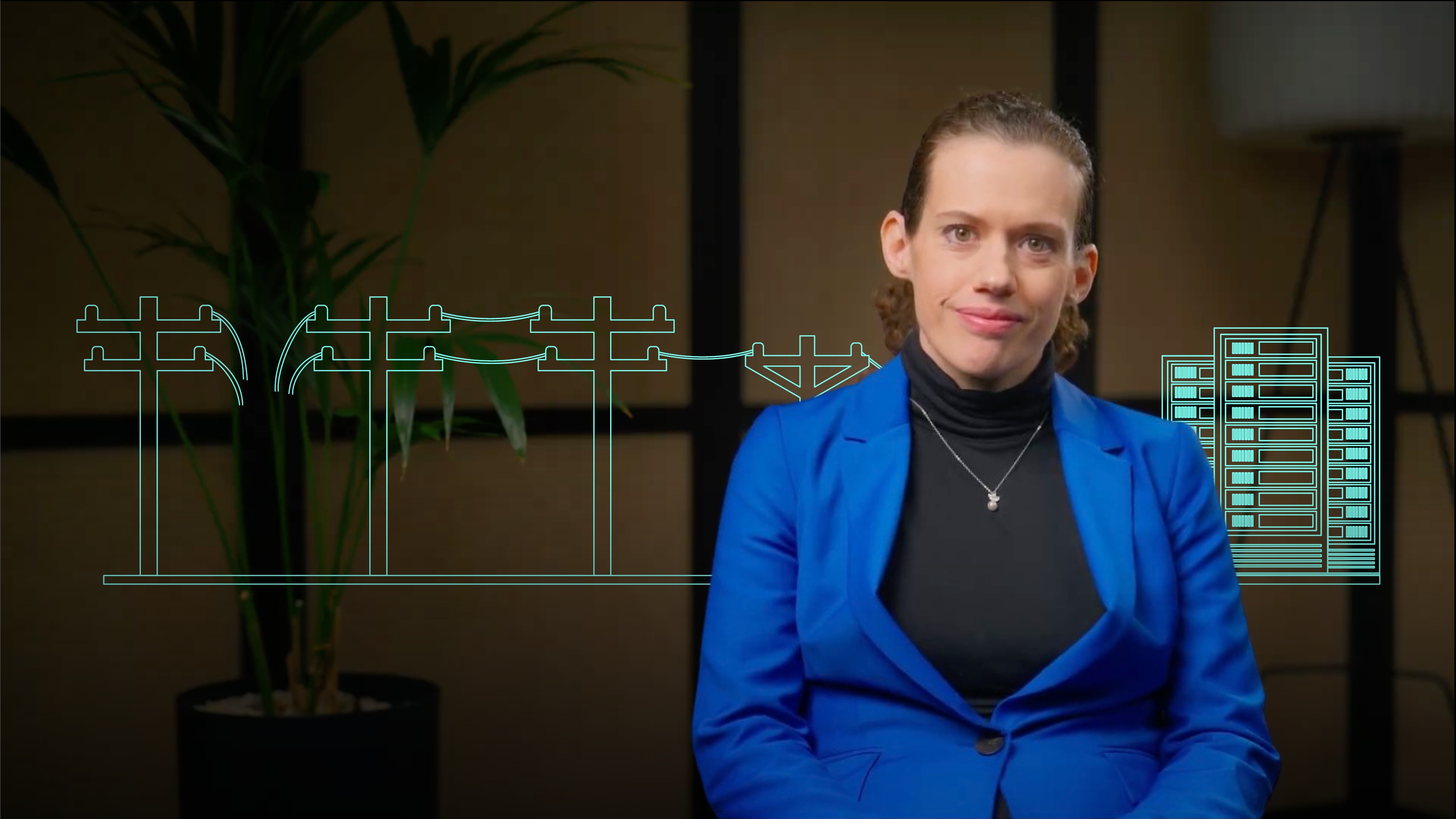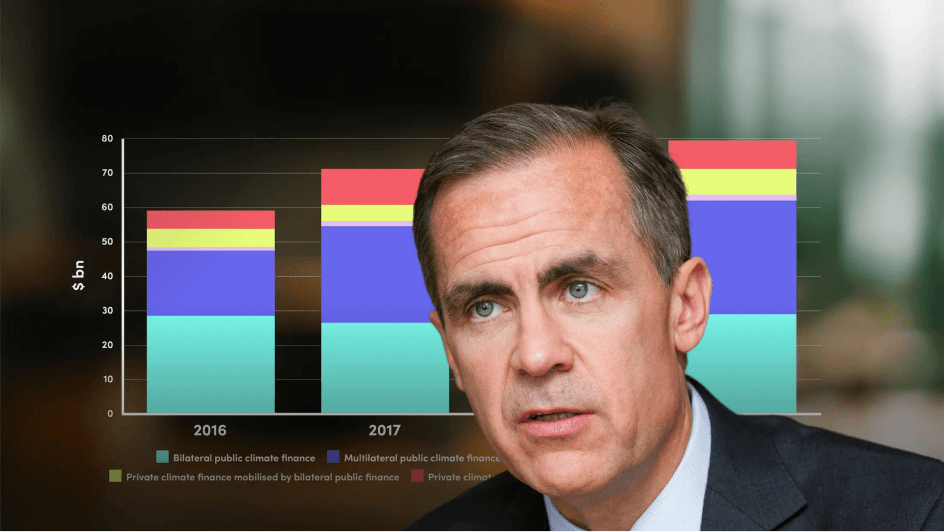
Reducing the Impact of SaaS Emissions

Elisa Moscolin
Executive Vice President for Sustainability and Foundation
In this video, Elisa explores the environmental impact of SaaS, from emissions during software development to data center energy use. She talks about the drivers behind climate action in the software industry, including stakeholder demands, regulatory pressures, and climate risks.
In this video, Elisa explores the environmental impact of SaaS, from emissions during software development to data center energy use. She talks about the drivers behind climate action in the software industry, including stakeholder demands, regulatory pressures, and climate risks.
Subscribe to watch
Access this and all of the content on our platform by signing up for a 7-day free trial.

Reducing the Impact of SaaS Emissions
8 mins 20 secs
Key learning objectives:
Understand the emissions lifecycle of Software as a Service (SaaS)
Identify the main stakeholders and drivers influencing climate action in the SaaS
Outline strategies for managing climate risks to enhance sustainability in the SaaS sector
Overview:
Subscribe to watch
Access this and all of the content on our platform by signing up for a 7-day free trial.
The primary sources of emissions in the SaaS lifecycle stem from software usage, which accounts for around 70% of emissions. This includes the efficiency of the code written by developers and the energy consumption of data centers that host the software. Embodied emissions, related to the extraction, manufacturing, and transportation of software components, represent about 30% of total emissions.
- Customers
- Investors
- Employees
- Regulatory bodies
SaaS companies can implement several strategies to manage climate risks, including investing in energy-efficient data center technologies, optimising software for better performance to reduce energy consumption, and transitioning to renewable energy sources. Additionally, developing resilient infrastructure that can withstand extreme weather and adapting to regulatory changes can help future-proof operations against transitional risks associated with the shift to a low-carbon economy.
Subscribe to watch
Access this and all of the content on our platform by signing up for a 7-day free trial.

Elisa Moscolin
There are no available Videos from "Elisa Moscolin"





























